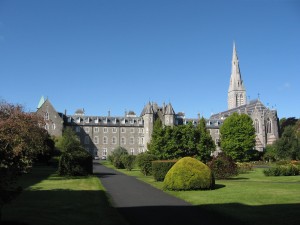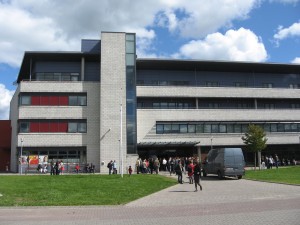Bräuchler, B. and J. Postill (eds) 2010. Theorising Media and Practice. Oxford and New York: Berghahn.
From John Postill’s blog:
This book is very much a product of the numerous conversations we’ve had down the years on the EASA Media Anthropology Network on practice approaches to media. We’re really grateful to all chapter contributors and to all of network members who have helped us think through some of the key questions.
Synopsis
Although practice theory has been a mainstay of social theory for nearly three decades, so far it has had very limited impact on media studies. This book draws on the work of practice theorists such as Wittgenstein, Foucault, Bourdieu, Barth and Schatzki and rethinks the study of media from the perspective of practice theory. Drawing on ethnographic case studies from places such as Zambia, India, Hong Kong, the United States, Britain, Norway and Denmark, the contributors address a number of important themes: media as practice; the interlinkage between media, culture and practice; the contextual study of media practices; and new practices of digital production. Collectively, these chapters make a strong case for the importance of theorising the relationship between media and practice and thereby adding practice theory as a new strand to the anthropology of media.
More information: http://berghahnbooks.com/title.php?rowtag=BrauchlerTheorising

